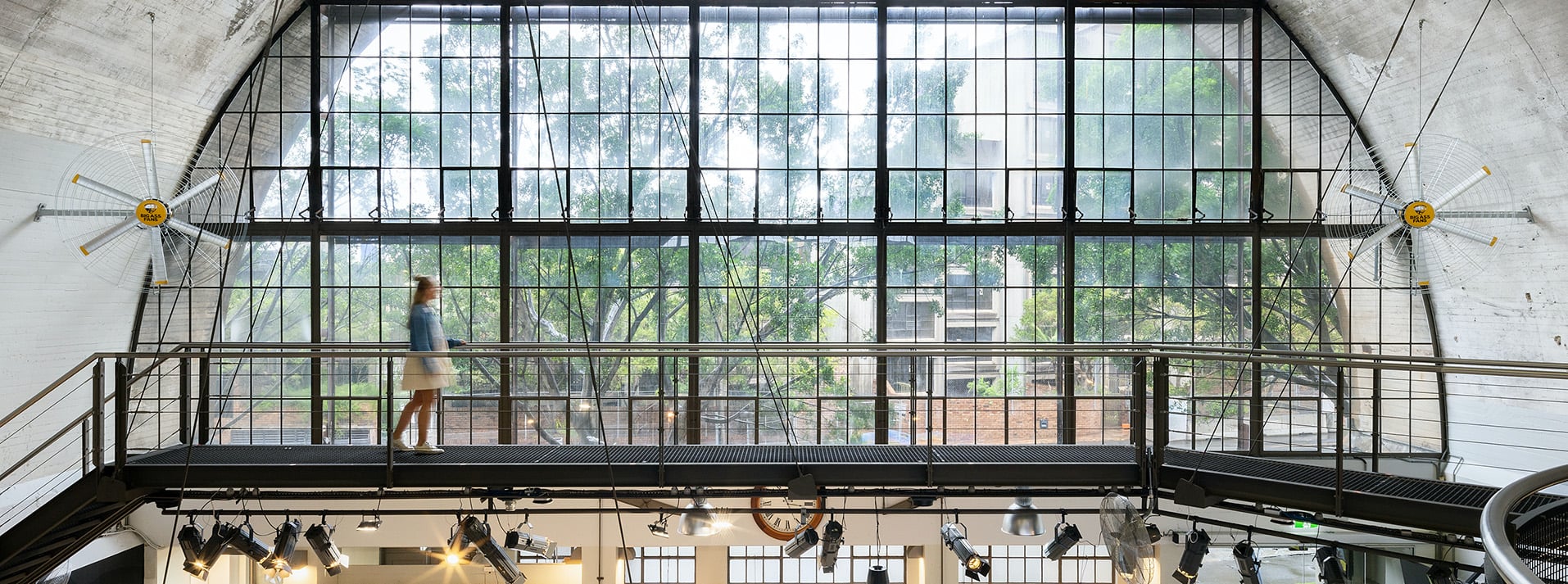
How to Choose the Right Fan for Your Warehouse
In Singapore, the warm weather and humidity can make working in a warehouse uncomfortable. As temperatures rise, productivity levels can drop. One way to resolve this issue and keep your team cool is through installing warehouse fans.
The right fan can enhance airflow, regulate temperatures, and create a comfortable working atmosphere for employees. However, with various types of fans available, making the right choice can be overwhelming. This guide aims to simplify the process by outlining the key considerations to keep in mind when selecting a fan for your warehouse.
1. Your Needs
The first step in choosing the right fan is to assess the specific needs of your warehouse. Different environments have distinct requirements based on their layout, size, and operational activities. For example, if your warehouse has high ceilings or large open spaces, you may need fans designed to circulate air effectively over long distances.
In contrast, smaller warehouses might benefit from compact fans that provide localised airflow. Understanding the unique characteristics of your space will guide you in selecting a fan that meets your operational demands.
2. Fan Size
Next, consider the size of the fan in relation to your warehouse dimensions. Fan size is typically determined by its diameter and airflow capacity, measured in cubic feet per minute (CFM). A fan that is too small will struggle to circulate air effectively, leading to stagnant zones, while a fan that is too large may create excessive noise or overpowering airflow.
A general rule of thumb is to aim for about one air change per minute, though this can vary based on the specific activities taking place in the warehouse. To calculate the appropriate fan size, measure the square footage of your warehouse and consider the ceiling height. This information will help you determine the required CFM to achieve efficient airflow.
3. Fan Types
In addition to size, the type of fan is a critical factor to consider. Warehouse fans come in various styles, each designed for specific purposes. Industrial ceiling fans, like our Powerfoil fans, are ideal for large spaces with high ceilings, as they can move a significant volume of air without taking up valuable floor space.
On the other hand, oscillating or portable fans like our Black Jack or Yellow Jacket are suitable for targeted cooling and ventilation in smaller areas or specific workstations. If your warehouse has outdoor loading docks, consider weather-resistant fans like our AirEye that can withstand exposure to the elements while still providing effective airflow.
4. Noise Levels
Noise levels are another essential consideration when selecting a fan for your warehouse. Many industrial fans operate at high decibel levels, which can lead to distractions and discomfort for employees. It is crucial to choose a fan designed for quiet operation, particularly in spaces where employees spend extended periods. Look for fans with sound ratings that indicate low noise levels, ensuring a more pleasant working environment.
.jpg?width=5906&height=4037&name=_AMP6929%20(1).jpg)
5. Energy Efficiency
Energy efficiency is increasingly becoming a priority for warehouse managers, not only for cost savings but also for environmental sustainability. Modern fans often come with energy-efficient motor options and features that reduce electricity consumption.
Consider investing in variable speed fans that allow you to adjust airflow based on real-time conditions, providing greater control over energy usage. Choosing fans that are Energy Star certified can help you meet your energy efficiency goals while potentially qualifying for rebates or incentives from utility companies.
6. Installation & Maintenance
Installation and maintenance should also factor into your decision-making process. Some fans require professional installation, while others can be easily mounted or positioned by your maintenance team. Assess your warehouse's layout and determine the level of installation expertise available.
Also consider the maintenance requirements of each fan type. Fans with accessible components will be easier to clean and maintain, reducing the likelihood of breakdowns and extending their lifespan.
7. Airflow Direction
Another consideration is the fan's airflow direction. Some fans are designed for downward airflow, while others can operate in reverse. Downward airflow fans work well for cooling purposes during warmer months, while reverse airflow is beneficial in winter, helping to circulate warm air that rises to the ceiling back down to work areas.
Understanding your seasonal needs will allow you to select a fan that can be used year-round, optimising comfort for your employees regardless of the weather.
8. Aesthetics
Lastly, take into account the aesthetics of the fan. While functionality is paramount, the appearance of the fan can also influence the overall atmosphere of your warehouse. A well-designed fan can contribute to a professional and modern look, while poorly chosen fans may detract from the visual appeal of your workspace. Consider fans that integrate seamlessly into your warehouse’s design while still delivering exceptional performance.
Final Thoughts
Choosing the right fan for your warehouse involves a careful evaluation of your specific needs, the size and type of fan, airflow direction, aesthetics, and more. By taking the time to assess these factors, you can ensure that your fan not only improves airflow and temperature regulation but also enhances the overall working environment for your employees.
The right fan can transform a warehouse from a stuffy, uncomfortable space into a productive, efficient, and pleasant place to work. With the right fan, you’re not just moving air—you’re creating a workspace that promotes productivity and well-being.
If you’re looking for reliable and powerful cooling solutions for your warehouse, take a look at our range of industrial fans today.





